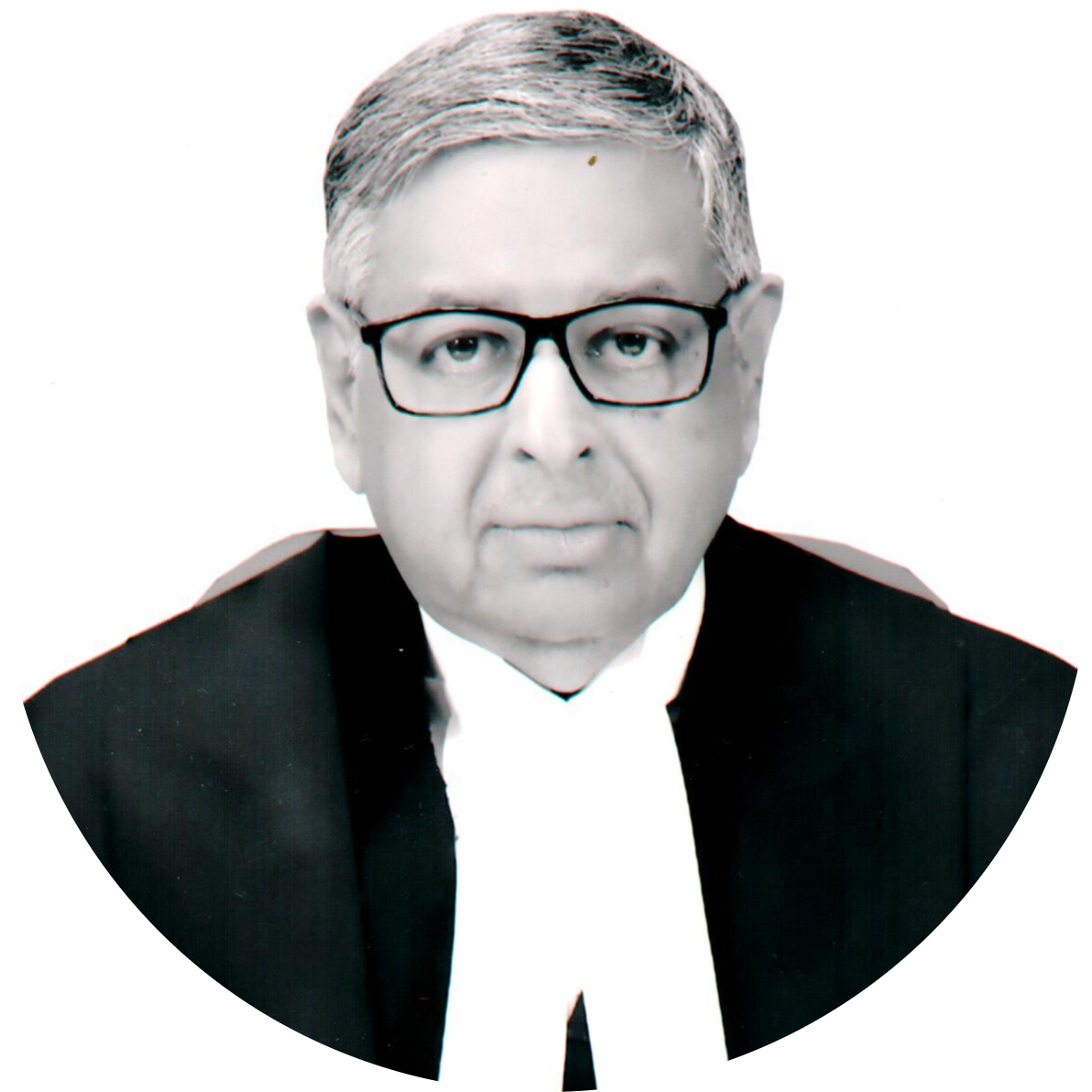Analysis
Court Revisits Transfer Power Under Article 139A
There is no absolute proposition of law governing the power to transfer cases from a High Court to the Supreme Court under Article 139A.

Article 139A allows the transfer of certain cases from a High Court or multiple High Courts to the Supreme Court. Since both High Courts and the Supreme Court have concurrent jurisdiction on some cases including those involving fundamental rights, the Supreme Court in Sunil Rathee & Ors. v The State of Haryana & Ors examined how this power of transfer may be exercised, and under what circumstances.
In Sunil Rathee, the petitioners filed a writ petition in the Punjab and Haryana High Court regarding 10% reservation for the Economically Weaker Sections in public jobs, arguing that this violates the rule in Indra Sawhney v Union of India [2009]. They later appealed that their plea be transferred to the Supreme Court, where, they claimed, a petition with similar or identical issues was pending—State of Gujarat and Ors. v. Ms Dulari Mahesh Basagre & Anr. [2016]. The State made several objections to this transfer.
The petitioners’ appeal referred to the case of LK Venkat v Union of India [2012], where the Supreme Court allowed the transfer of a writ petition in which the questions were identical to those raised in two other pending cases. The defendant State, on the other hand, opposed this by relying on the case of Commissioner of Services Tax v Sri Selvaganapathy & Co [2018], where it was held that “the ground that the same issue is pending before this Court…is not sufficient ground for transfer of the writ proceedings from the High Court to this Court”, and the petitioners were asked to wait for the decision of the lower court before the question was put to the Supreme Court. They argued that the petitioners were wrongly attempting to “skip a layer of judicial hierarchy”.
Judicial precedent on the use of Article 139A
The precedent as to the use of Article 139A is unclear, as may be deduced from the conflict between the defendant State and the petitioners. It was held in Sir Chunilal Mehta v The Century Spinning Co. [1962] that the ‘proper test’ for the criterion of ‘substantial question of law’ is that the question be of general public importance, or have a significant bearing on the rights of the defendant with regard to the case at hand.
Article 139A (2) also lays down the requirement of justice—i.e. that transfer must be done only if it is “expedient” for the “ends of justice”. In Abdul Nazar Madani v State of Tamil Nadu [2005], the Supreme Court held that “no universal or hard and fast rules can be prescribed for deciding a transfer petition which has always to be decided on the basis of the facts of each case.” The Court also held that the courts must forefront fairness and public confidence in the system. This point was emphasised also in the case of Maneka Sanjay Gandhi & Ors. v Rani Jethmalani [1979], where the Court denied transfer, ruling that the criterion requires something “more substantial and more compelling from the point of view of public justice” than “mini-grievances“.
Thus, there has been no clear formula for the application of Article 139A. As such, it was hoped that the Court’s decision in this matter would substantially clarify the powers vested in it by Article 139A.
The Supreme Court’s current position on 139A
Has the Court gotten any closer towards clarifying the use of Article 139A? The answer is not entirely clear. However, Bose J made clear the specific questions that must be answered in the affirmative to allow a transfer from a High Court to the Apex Court on the grounds of pendency.

These questions are (i) whether the questions of law involved in both cases are the same or at least substantially similar, and (ii) whether these questions are of substantial importance so as to warrant a transfer. The latter question was interpreted in keeping with the Court’s ruling in Sir Chunilal Mehta. However, Bose J did not refer the question of ‘justice’ as framed in Maneka Gandhi or Abdul Nazar, seeming to break with precedent on this matter. As such, he concluded that, on the specific facts of this case, if both questions were answered affirmatively, the transfer could be allowed.
However, it may be said that there is little this ruling does in terms of providing a rule or test that guides the exercise of Article 139A. Indeed, Bose J held that this power was a discretionary one, and that discretion by nature had to be exercised on a case-by-case basis. Thus, it was impossible to lay down any ‘absolute proposition of law’ that would guide the exercise of Article 139A, and the case of Selvaganapathy could not be seen as binding on this matter. This suggests that case law and precedent on this matter—including this very case—might be unhelpful in terms of predicting future outcomes, but instead remain indicative of the approach or policy of the Court towards certain issues.
